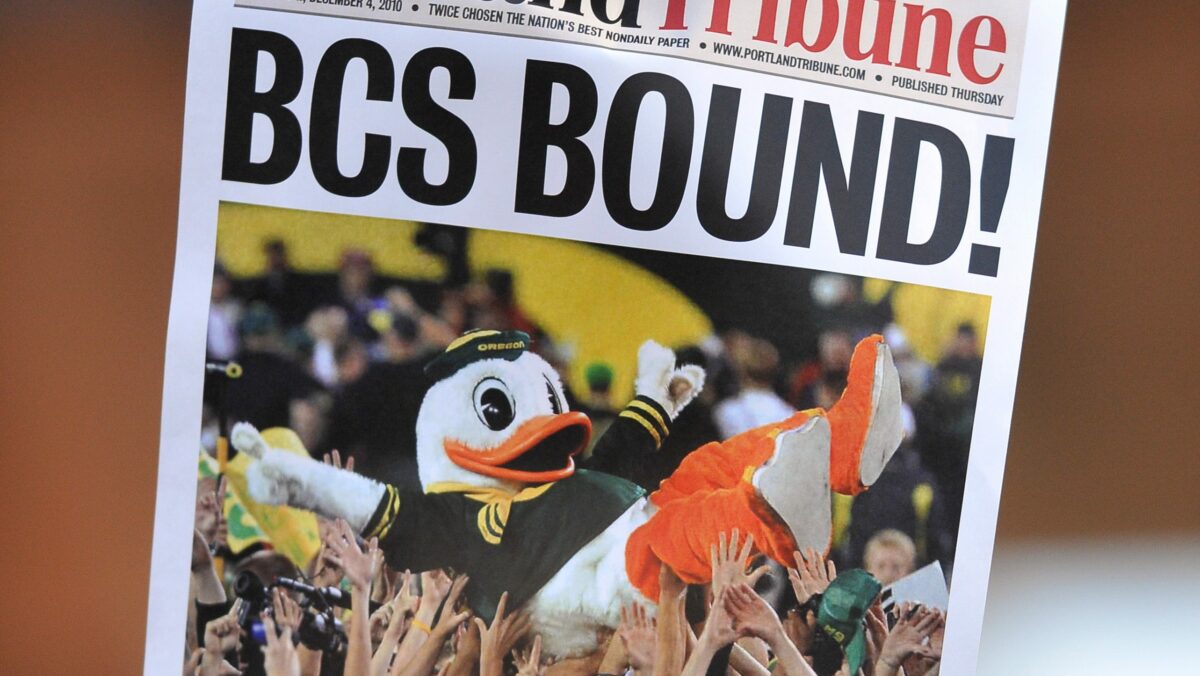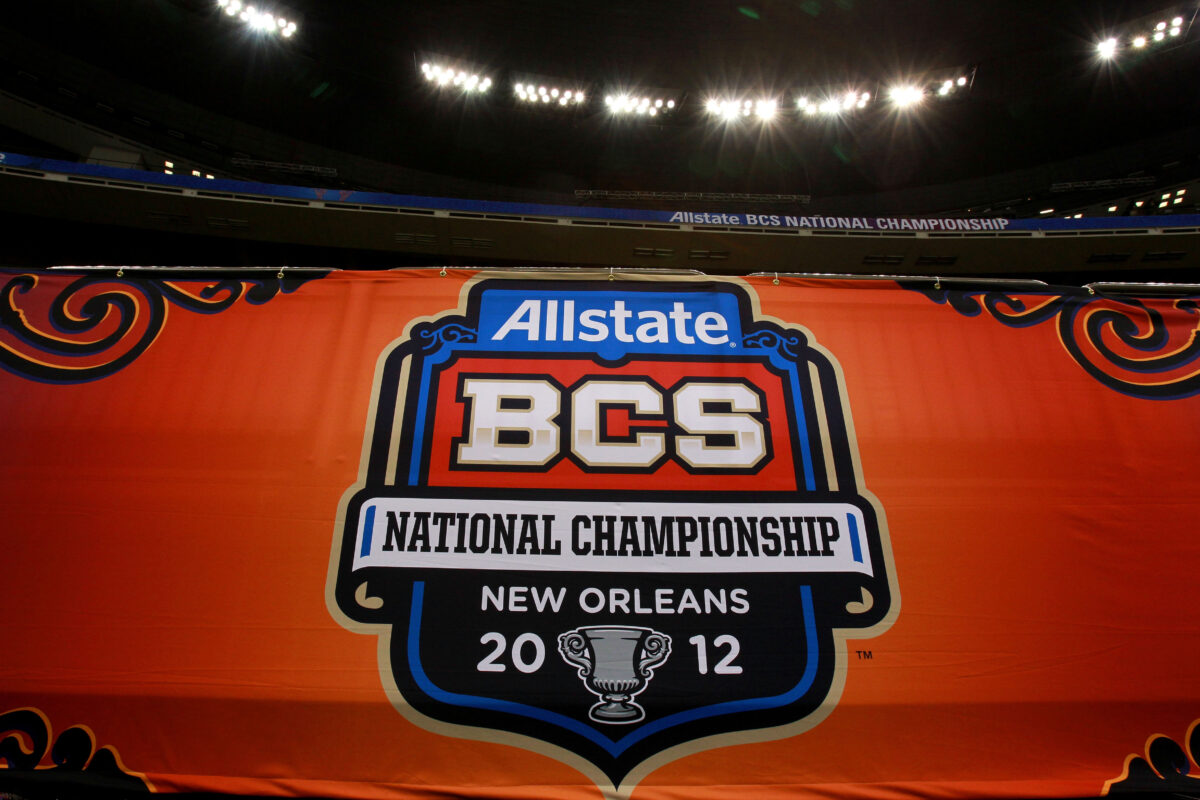We are less than a week away from the first College Football Playoff rankings of the 2024 season coming out on Tuesday, November 5, and there is a good chance that the No. 1 ranked Oregon Ducks will hold the top spot in those rankings, should they take care of business against the Michigan Wolverines this weekend.
While there is little value to be placed on rankings in November, it does offer us a good outlook on where teams are right now, and what else needs to be done before the end of the regular season comes in a matter of weeks.
While we enjoy looking at betting lines and the ESPN Football Power Index to forecast where the Ducks might go from here, another fun tool is to look at the old BCS computer ranking system, and see how they would stack things up this season.
For the first time this season, the legendary “BCS Know How” account came out of hiding on social media and put out the calculated rankings through Week 9. For those who don’t remember, the BCS rankings were a combination of polls, computer rankings, schedule strength, and number of games lost.
Here’s how things shake out going into Week 10:
- Oregon (0.9889)
- Penn State (0.9067)
- Georgia (0.8984)
- Ohio State (0.8378)
- Miami (0.7991)
- Texas (0.7984)
- Tennessee (0.6548)
- BYU (0.6481)
- Notre Dame (0.639`)
- Iowa State (0.6331)
Comparing those BCS rankings to the Associated Press Top 25, there aren’t any drastic changes, other than a few flip-flops here and there.
We will see how this compares to the College Football Playoff rankings next week when they come out, and if there are any drastic differences between the old BCS system and the new CFP system going forward.
[lawrence-auto-related count=3]




